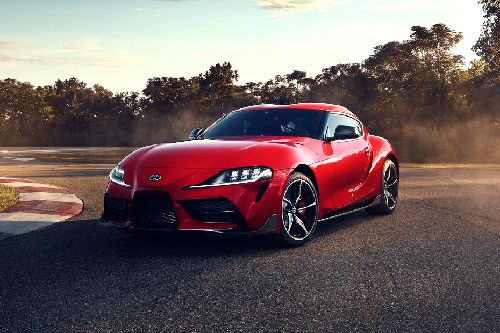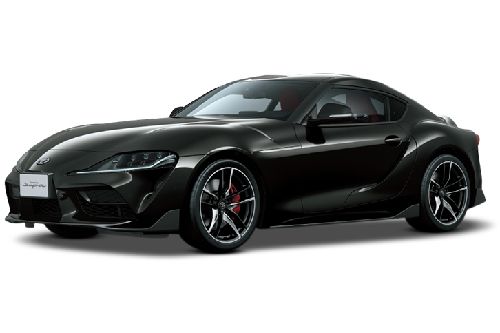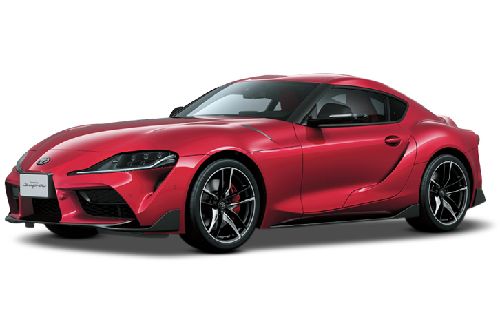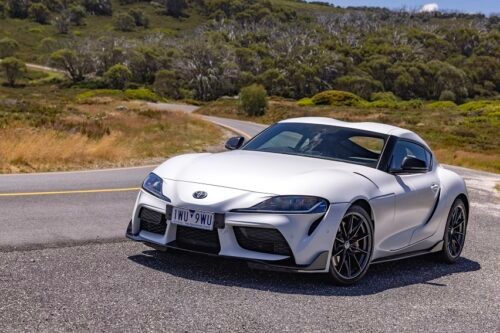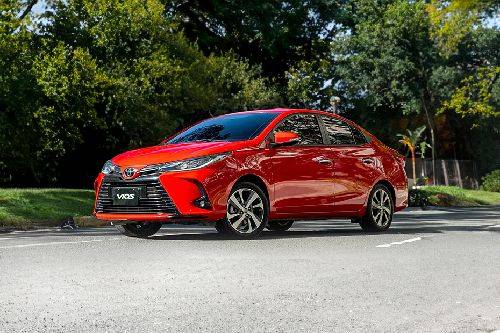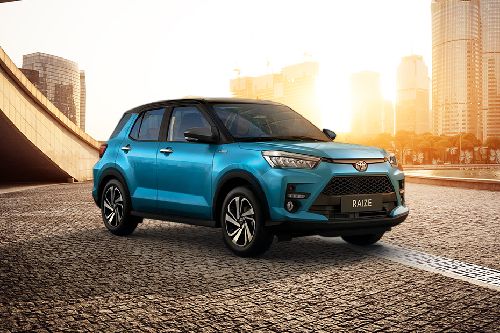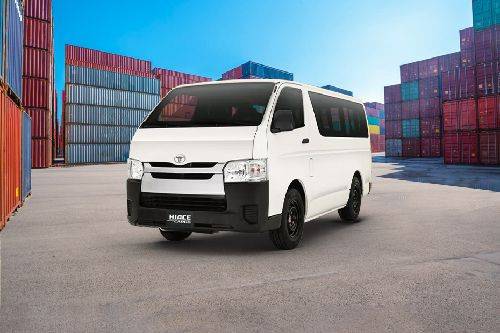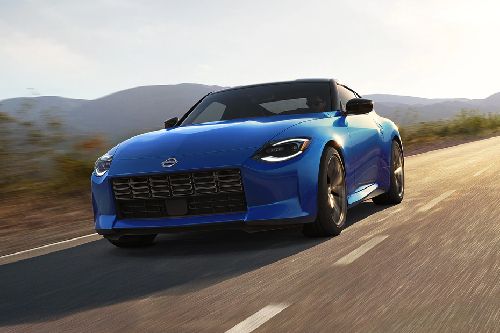This Toyota GR Supra can autonomously drift to avoid getting into an accident

MANILA: Toyota Research Institute (TRI) has exhibited a new research milestone in autonomy, offering a glimpse into the future of safer mobility for all.
KEY TAKEAWAYS
What is the idea behind TRI's new research?
The goal of this study is to use controlled, autonomous drifting to avoid getting in accidents by navigating unexpected obstacles or risky road conditions like black ice.How many fatalities are caused by car crashes every year worldwide?
Car accidents cause around 1.35 million fatalities every year worldwide.TRI researchers programmed a car to autonomously drift around obstacles on a closed track. The Nonlinear Model Predictive Control (NMPC) approach expands the vehicle’s operational domain to the very limits of its performance by combining a thorough understanding of both vehicle dynamics and control design. The goal of this study is to use controlled, autonomous drifting to avoid accidents by navigating unexpected obstacles or risky road conditions like black ice.

The generalized framework of NMPC is combined with the vehicle dynamics and control insights from drifting-specific approaches to produce a control scheme that extends the vehicle’s operational domain beyond the point of tire saturation. This allows the car to operate beyond standard open loop stability, allowing it to skid while remaining manageable.
TRI recently took a step toward a unified approach, demonstrating an NMPC controller that can seamlessly shift from dynamic, non-equilibrium drifting to grip driving while accounting for different objectives such as road bounds.
This approach was put to test on a Toyota GR Supra that has been modified specifically for autonomous driving research. Individual wheel braking, computer-controlled steering, throttle, clutch displacement, sequential transmission, and computer-controlled steering are all included. The NMPC controller runs on an x86 computer, and vehicle state information is collected at a rate of 250 Hz using a dual-antenna RTK-GNSS-aided INS system.

The suspension, engine, transmission, chassis, and safety systems have been tuned to be similar to those used in Formula Drift for the sake of data collecting with expert drivers in a controlled setting. Experiments were carried out on the two-mile “West” circuit at Thunderhill Raceway in California.

In a statement, TRI Human Centric Driving Research Senior Manager Avinash Balachandran said, “At TRI, our goal is to use advanced technologies that augment and amplify humans, not replace them. Through this project, we are expanding the region in which a car is controllable, with the goal of giving regular drivers the instinctual reflexes of a professional race car driver to be able to handle the most challenging emergencies and keep people safer on the road.”
Car accidents cause around 1.35 million fatalities every year worldwide. While the majority of crashes occur in everyday conditions, in some extreme cases, drivers may be forced to undertake maneuvers that push their car close to, and sometimes, beyond its regular handling capabilities.
A year ago, TRI and Standford University’s Dynamic Design Lab set out to create a new level of active safety to help avoid crashes. Today’s accomplishment is another step in that quest, thanks to automotive performance specialist GReddy and drift icon Ken Gushi. This technology can enhance and augment a regular driver’s ability to adapt to hazardous and extreme situations by developing skills equivalent to those of an experience driver, ensuring people’s safety on the road.
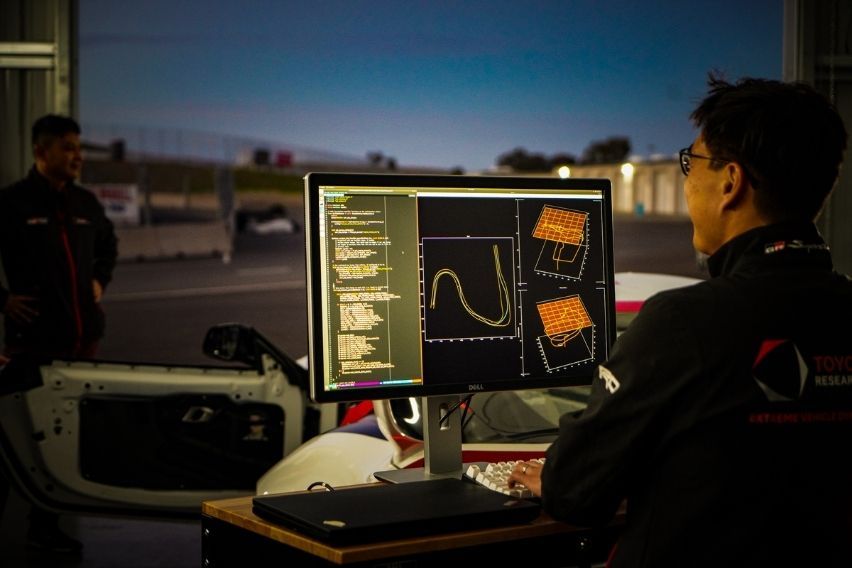
“When faced with wet or slippery roads, professional drivers may choose to ‘drift’ the car through a turn, but most of us are not professional drivers. That’s why TRI is programming vehicles that can identify obstacles and autonomously drift around obstacles on a closed track,” TRI Research Scientist Jonathan Goh stated.

This accomplishment takes TRI researchers to a complete understanding of vehicle performance. The software advancements presented calculate a whole new trajectory every 20th of a second to keep the car balanced while it goes around the track.
Toyota will continue to push the boundaries of vehicle safety technology in the future by exploring new and more efficient ways for emerging safety technologies to augment human capabilities on the road.
Photos from Toyota
Also read: Yes, you can already order your Toyota Raize
Sell your car at the best price
 Verified and genuine buyers
Verified and genuine buyers
-
Explore Toyota GR Supra
Toyota GR Supra Related Stories
- News
- Featured Stories
Toyota Car Models
Don't Miss
Trending & Fresh Updates
- Latest
- Popular
You might also be interested in
- News
- Featured Stories
Toyota Featured Cars
- Latest
- Upcoming
- Popular
Latest Toyota GR Supra Car Videos on Zigwheels

Compare & Recommended

|

|

|

|
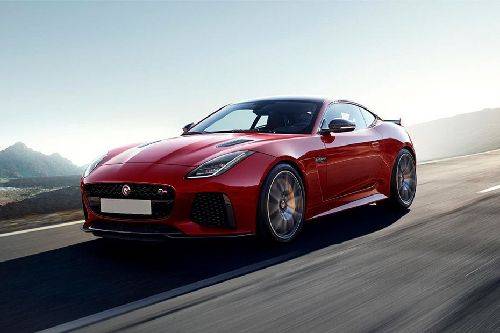
|
|
Ground Clearance
119 mm
|
135 mm
|
-
|
124 mm
|
100 mm
|
|
Seating
2
|
4
|
5
|
4
|
2
|
|
Fuel Type
Gasoline
|
Gasoline
|
Gasoline
|
Gasoline
|
Gasoline
|
|
Engine
2998
|
3456
|
1332
|
1998
|
1999
|
|
Power
382
|
312
|
163
|
184
|
296
|
|
Torque
500 Nm
|
380 Nm
|
270 Nm
|
300 Nm
|
400 Nm
|
|
Transmission Type
Automatic
|
Automatic
|
Dual Clutch
|
Automatic
|
Automatic
|
|
|
Trending Coupe
- Latest
- Upcoming
- Popular
Toyota GR Supra Car Articles From Carmudi
- journal

